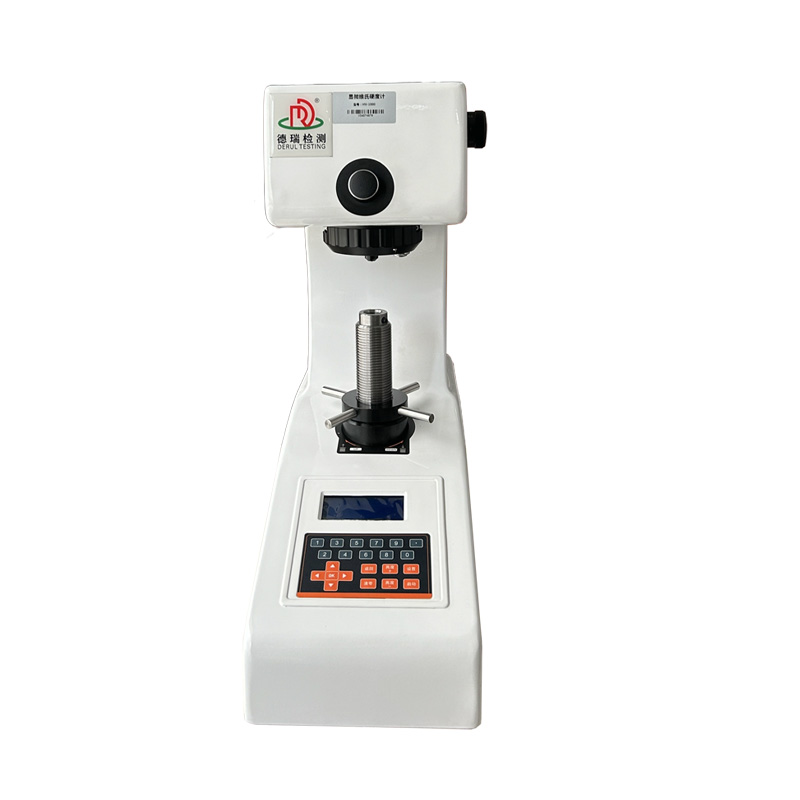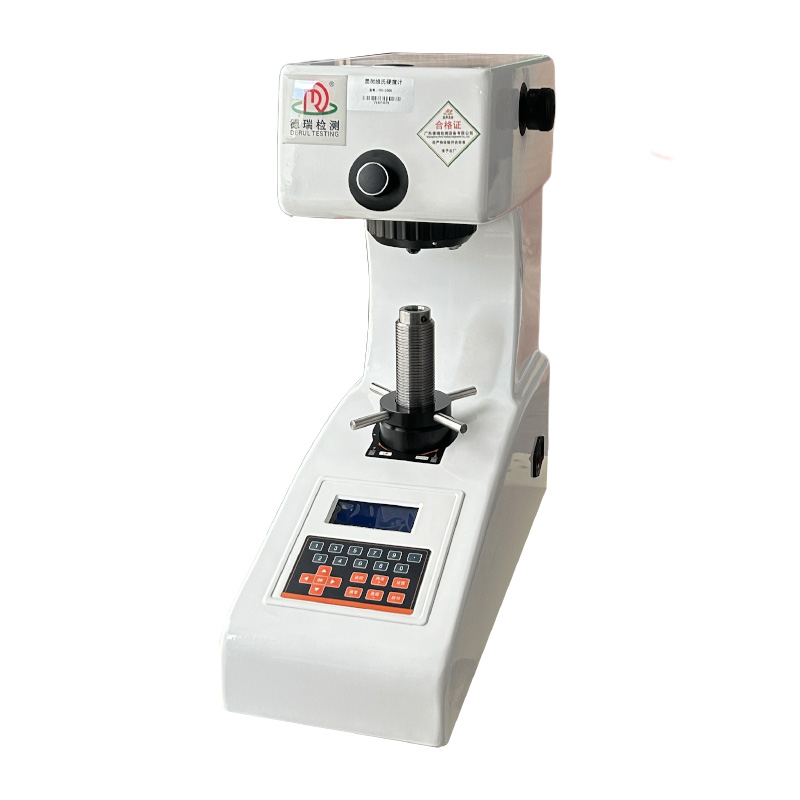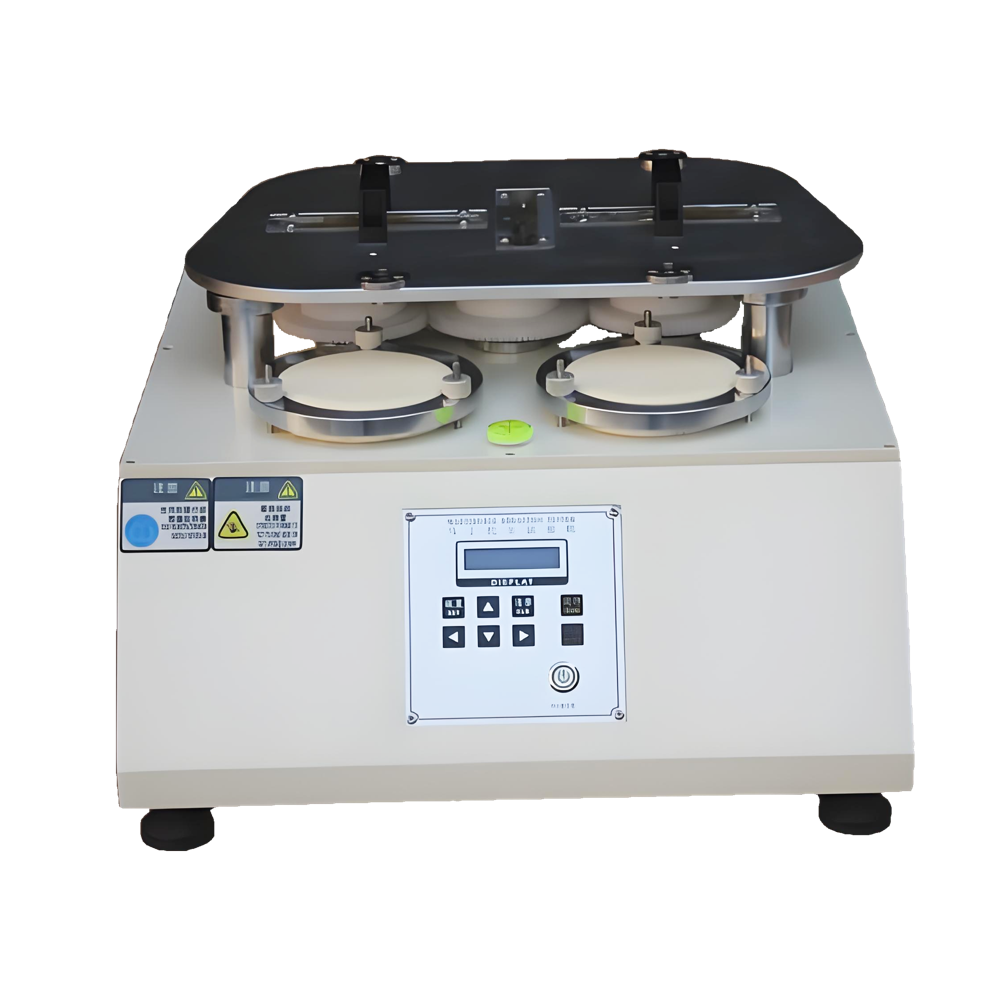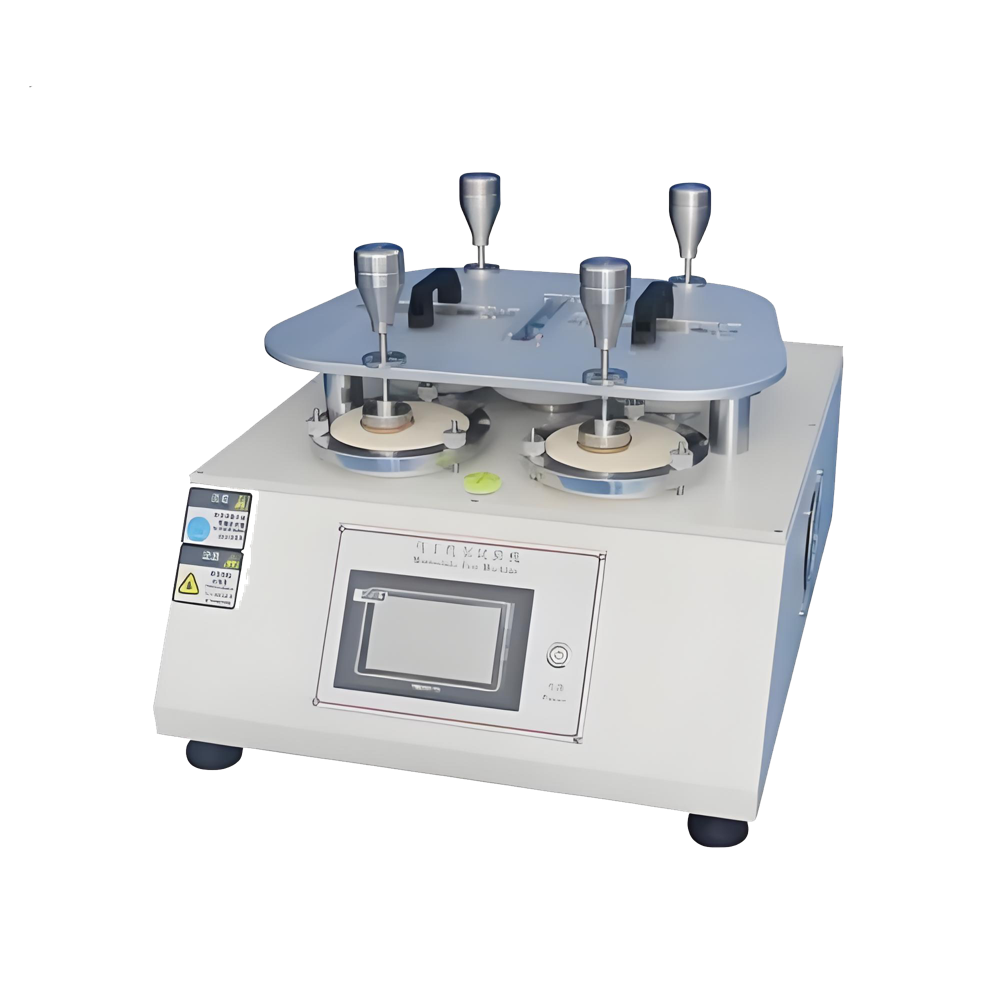
martindale pilling tester
136005.0 INR/Unit
Product Details:
X
martindale pilling tester Price And Quantity
- 1 Unit
- 136005.0 INR/Unit
martindale pilling tester Trade Information
- Cash in Advance (CID)
- 100 Unit Per Month
- 6 Days
- All India
Product Description
martindale pilling test Technical parameters:
| Model | DR-J803-1 Martindale Abrasion Tester |
| Station number | 4 station, 6 station , 8 station , 9 station (custom) |
| Count display | a.Estimated counting:0~999999 times |
| b. Total counting:0~999999 times | |
| Maximum dynamic range | 240.5mm ,60.50.5mm |
| Weight of pressure thing | a.Gripper:2001g |
| b. Cloth samples hammer:3952g | |
| c. Furniture accessories sample hammer:5942g | |
| d. Stainless steel butterfly piece:2601g | |
| Effective friction diameter of grinding block | A type: 200g (1.96N) friction head 28.8-0.084mm |
| B type: 155g (1.52N) friction head 90-0.10mm | |
| The relative velocity of Gripper and the grinding station | 50-2r/min |
| Weight of pressure hammer | 238510g |
| Dimensions | 885mm600mm410mm(LWH) |
| Weight | 150kg |
| Power | Ac220V,50Hz |
The Martindale Pilling Tester is a device specifically designed to test the pilling and pilling phenomena of textile materials and fabrics under friction. It evaluates the fuzzing and pilling performance of materials by simulating the friction environment of fabrics in actual use, in order to help manufacturers understand and improve the quality and durability of fabrics.
Main functions:
one
Test the fuzzing and pilling properties of the material:
This tester simulates the friction generated by materials during wearing, use, or cleaning, and evaluates whether the surface of the material is prone to fuzzing or pilling under repeated friction. Friction during the testing process usually forms small spherical particles on the surface of the fabric (i.e. pilling phenomenon), while fuzzing refers to the looseness and exposure of fibers.
two
Standardized testing:
The Martindale pilling tester is tested according to international standards such as ISO 12945 and ASTM D3512 to ensure the scientific and reliable nature of the test results. The test results can help determine the durability, appearance retention, and service life of the fabric.
three
Simulate actual usage environment:
Simulate friction and wear under different usage conditions through repeated friction, and detect pilling and pilling of fabrics. The test mainly focuses on the durability of textiles such as fabrics, carpets, clothing, and sofa fabrics.
Testing process:
one
Prepare samples:
Prepare fabric samples of a certain size according to the testing requirements. Samples are usually cut to standard sizes and fixed on the sample rack of the testing equipment.
two
Set parameters:
Set parameters such as friction frequency, friction load, and friction speed according to experimental standards. Different standards have different requirements for these parameters, and the equipment provides corresponding adjustment functions.
three
Conduct testing:
After the test begins, the sample undergoes a certain number of frictions on the friction disc in the equipment, causing surface wear and simulating the wear situation in daily use.
four
Observe and analyze the results:
After the test is completed, check whether there are obvious pilling and fuzzing phenomena on the surface of the sample. Usually, it is necessary to observe the surface of the sample under a microscope and analyze the degree and shape of pilling.
five
Rating:
Based on the pilling and fuzzing situation, score the sample according to the testing standards. The scoring criteria usually include the number, size, distribution, and severity of pilling.
Main components:
one
Friction discs and friction blocks:
A friction disc is a component that comes into contact with the surface of a sample and undergoes repeated friction. Friction blocks are usually made of materials with a certain hardness to simulate the friction between the material and the fabric surface.
two
Loading device:
Used to adjust the frictional load applied to the sample. The size of the load affects the strength of friction, which in turn affects the degree of pilling and pilling.
three
Sample rack:
Used to fix the fabric sample to be tested, ensuring that the sample remains in a fixed position during the testing process and avoiding any deviation that may affect the test results.
four
Counter and data recording:
The counter is used to record the number of frictions and testing time, and the equipment simulates the performance of the material in long-term use based on the number of frictions.
Testing standards:
one
ISO 12945 International standards applicable to the testing of pilling and fuzzing performance of textiles. It specifies the specific methods and parameter requirements for using the Martindale pilling tester.
two
ASTM D3512 The American standard also applies to the evaluation of pilling performance of textiles. It specifies the handling method and scoring criteria for samples during the testing process.
three
BS EN 12945 The British standard, similar to ISO 12945, is suitable for testing the pilling of fabrics and materials.
Tell us about your requirement

Price:
Quantity
Select Unit
- 50
- 100
- 200
- 250
- 500
- 1000+
Additional detail
Mobile number
Email








 English
English Spanish
Spanish French
French German
German Italian
Italian Chinese (Simplified)
Chinese (Simplified) Japanese
Japanese Korean
Korean Arabic
Arabic Portuguese
Portuguese